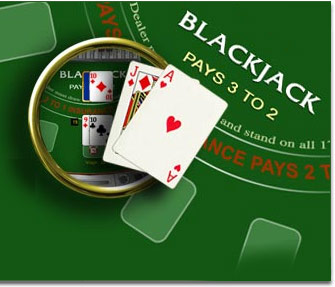A History of Card Counting
Card Counting History - A History of Card Counting
Ed Thorp is often credited as the father of card counting, and in many ways, he is the originator of what you might consider "modern" methods of counting cards. But Ed Thorp did not invent card counting, and he was not the first blackjack player to count cards in an attempt to get an advantage over the house.
Playing Blackjack to Win
In 1957, Playing Blackjack to Win was published. The book is important because it's the first published book about how to count cards in blackjack, five years before the famous Beat the Dealer by Ed Thorp. The book had a small print run and offered sixteen recommended strategy adjustments based on which cards had been exposed. The card counting method recommended in this book was a crude one and didn't increase the player's edge to a positive expectation, since it didn't include a recommendation to vary bet sizes based on the count.
Other Pre-Thorp Card Counters
Ed Thorp himself mentions multiple gambling "characters" with different systems for beating blackjack, some of whom used crude systems for counting cards. With colorful names like "System Smitty" and "Greasy John", these card counters' specific methods are lost to history, since Thorp doesn't go into great detail in Beat the Dealer regarding how they played, other than pointing out that they had a good approximate basic strategy and that Smitty was a progressive bettor.
Jess Marcum, a nuclear physicist for the Rand Corporation was a professional gambler who had figured out how to count cards as early as 1949, and who quit his job with the Rand Corporation in the 1950's to become a professional gambler and blackjack player.
Harold Smith Sr., the author of I Want to Quit Winners, also counted cards, and preferred to bet bigger when the deck was rich in aces. Smith's book was published in 1961, a year prior to the publication of Beat the Dealer. (Smith owned and operated a casino in Reno called Smith's Club in the 1930's.)
Edward Thorp's Beat the Dealer
But Thorp's book, Beat the Dealer, really was the first mathematically proven system for beating blackjack to become available, and he and his book almost single-handedly are responsible for a small cottage industry of professional gamblers today. Thorp became an overnight celebrity and put the fear of card counters into the hearts of casino owners for good. Thorp wasn't always well-respected and legendary though; he was the subject of much derision and skepticism after the publication of Beat the Dealer.
You can read more about the history of card counting in part two, Edward Thorp versus John Scarne.


 Black Diamond Casino
Black Diamond Casino


